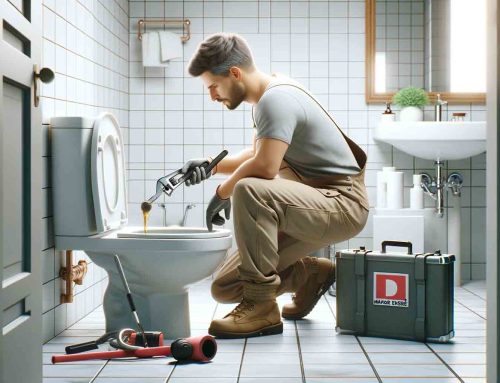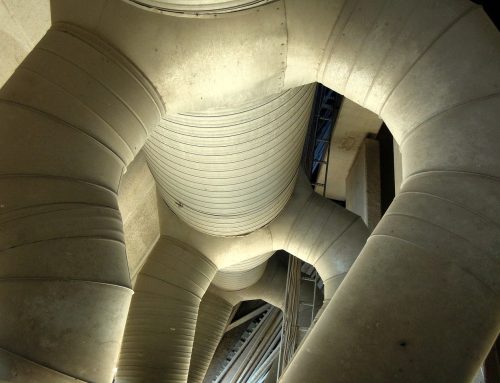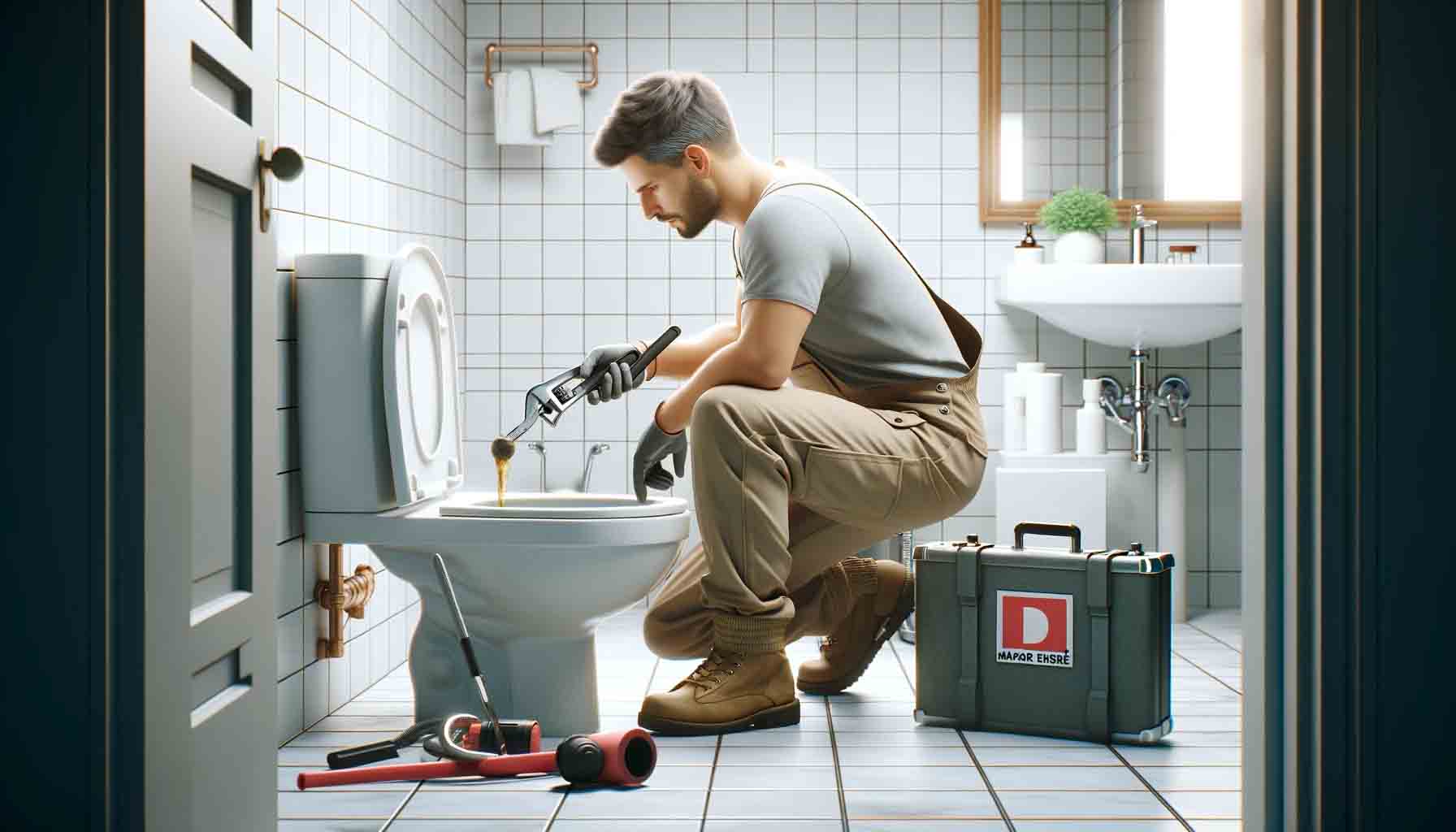We can talk about two perspectives. First, how can we prevent the formation of a blockage, and secondly, what help and tips can we provide in eliminating the blockage. Don't be discouraged if you haven't managed to remove the blockage at home after several attempts, because there are certainly cases when even home practice is not enough. Naturally, in the case of a serious branch or backbone pipe, a blockage removal machine or a specialist may be needed. Let's just look: Grease has accumulated in one section channel, or even a kitchen pipe, a yard with a rooted sewer section, how would we manage on our own. However, in the case of significantly smaller blockages, such as sink, bathtub, sink, toilet, we can even do it ourselves.
Advice and help to avoid blockages and to prevent blockages:
THE toilet-don't throw baby wipes, large food scraps, or tampons in the trash. That's what the trash in our homes is for. It's recommended to clean the sink and toilet every quarter drain remove the pipe and clean it completely with some home remedy. It is not advisable to use a traditional toilet air freshener, because the fast-flowing water jet easily washes the small tab from the edge of the bowl, so this will definitely prevent clogging. If possible, use a self-adhesive disc or simply adjust the small tab with a gas heater so that it cannot blow away. Pour vinegar into the drain system of the sink, bathtub or washbasin about every 2 months, which should be rinsed with a pan of hot water. Use a plastic filter with small holes, for bathing small animals in the bathtub. However, it is not recommended to use a plastic filter when washing dishes, because the filter greatly impedes the flow of water, so that the water pipe self-cleaning ability. Instead, use a paper towel to wipe away most of the food residue.
Advice and help in case of blockages already occurring at home:
In these few lines I would not go into the kitchen. blockage for the removal of suitable agents, such as vinegar, baking soda, etc., because if it is a slightly larger blockage, then unfortunately these are not worth much. Furthermore, not to mention the use of agents that are harmful to our environment and health, such as (hydrochloric acid, sulfuric acid, hypo). We prefer to give ideas that, according to others, are actually useful in the case of smaller blockages.
Hand wash and sink: Using a pump is not recommended as it can compress the clog so much that it can even be removed by anti-clogging can also fail. First, unscrew the siphon and then clean out the drain pipe, if there was no blockage in this section, you can continue. To remove the blockage in the wall, use the manual pipe wrench, pushing it back and forth, turning it left and right, if we are lucky, the blockage will be nearby. In case this does not work, we always have two options.
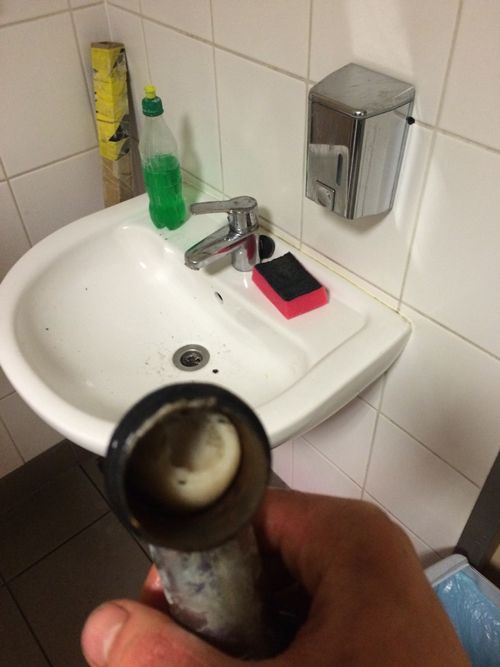
You can even use your favorite wet cleaning machine. All you need is the suction hose. Remove the cleaning head and press the hose firmly against the hole in the wall, completely covering the wall protrusion, then start the machine to create a vacuum. You can loosen the hose from time to time to add a little air to the system, creating a pulsation and achieving better results.
Toilet Clogs: In this case, the most common problem is caused by improper use of toilet paper.
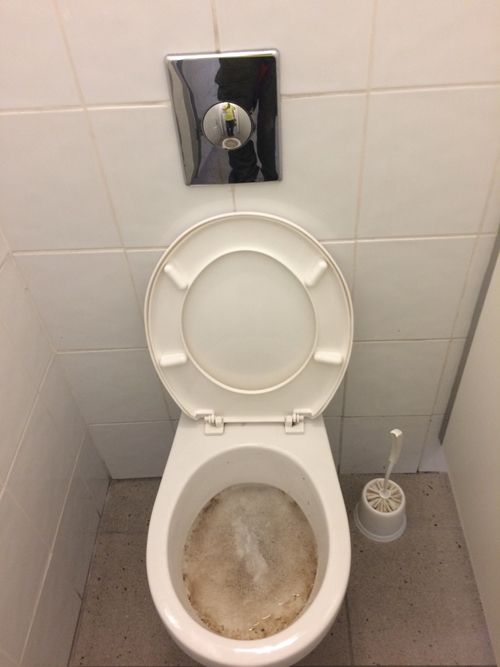
In most cases, toilet blockages are caused by too many butt wipes:
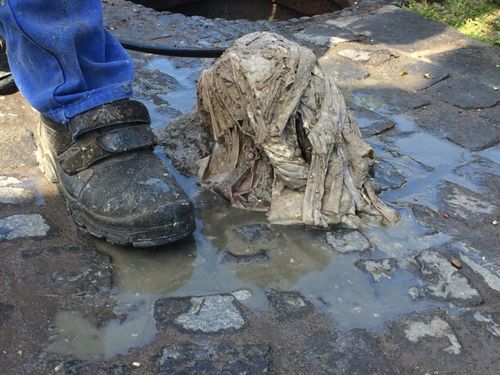
What probably goes without saying is that first we should try using the good old toilet pump. If you don't have one, or if you don't get any results, then you can use a mop, yes, a mop. Wrap the mop head in a nylon bag, then use the long handle or handle to push the system explosively. If the problem was just excessive toilet paper use, success is guaranteed! If not, then ask for the help of a professional who specializes in unclogging.
Sink and hand sink unclogging:
It is not certain that the toilet pump would be the best solution here. The grease will be compressed and the problem may be much bigger than in reality. As always, we will start by cleaning the siphon first. Only proceed if there was no problem here. When unclogging pipes located in the wall, a pipe ferret can be of good service. When using a pipe ferret, always pay attention to the fact that the pipe ferret does not get stuck. Always move it forward and backward while twisting it to the right and left. We can save ourselves a lot of annoyance if we work comfortably and meticulously! If we have not achieved success in unclogging with this solution, we can also use a wet vacuum cleaner or a cleaning machine here. The sewer will not be clean, but it will definitely work for a while if we manage to solve the blockage with it.
Grease pipes are starting to accumulate a lot of dirt!
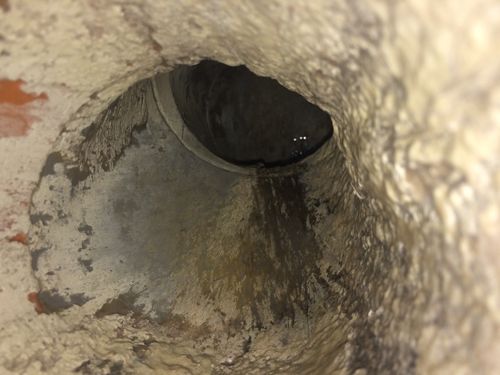
Bathtub and shower tray unclogging: Be careful when disassembling because it can easily fall apart. First of all, remove most of the hair and lint using a thin screwdriver or wire, or tweezers. Remove the shower head and then use the hose to wash the drain with a jet of water. You can achieve quite good results with this unclogging practice. Unclogging a floor drain: First of all, disassemble your floor drain and wash the parts in lukewarm water. Then you can do the manual work. Remove the accumulated debris, sand, hair, soap, tile pieces, but be careful because you can often come across razor blades and similar sharp and cutting tools here. Then you can do the spiral cleaning in the way mentioned above (I wrote about it when unclogging a sink and hand washing sink). If we haven't solved the blockage, then the hose can come in or if it gets there, the shower hose will do the job. You need to wrap it around with a mop and turn the tap on and off in a series of strokes to try to clear the blockage.
Dirt found in floor drain:
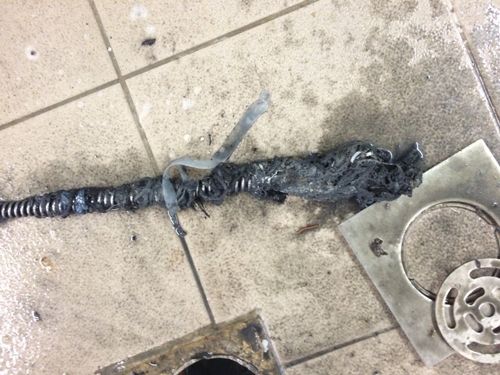
I hope I helped you solve the blockage problem with these few practices!

